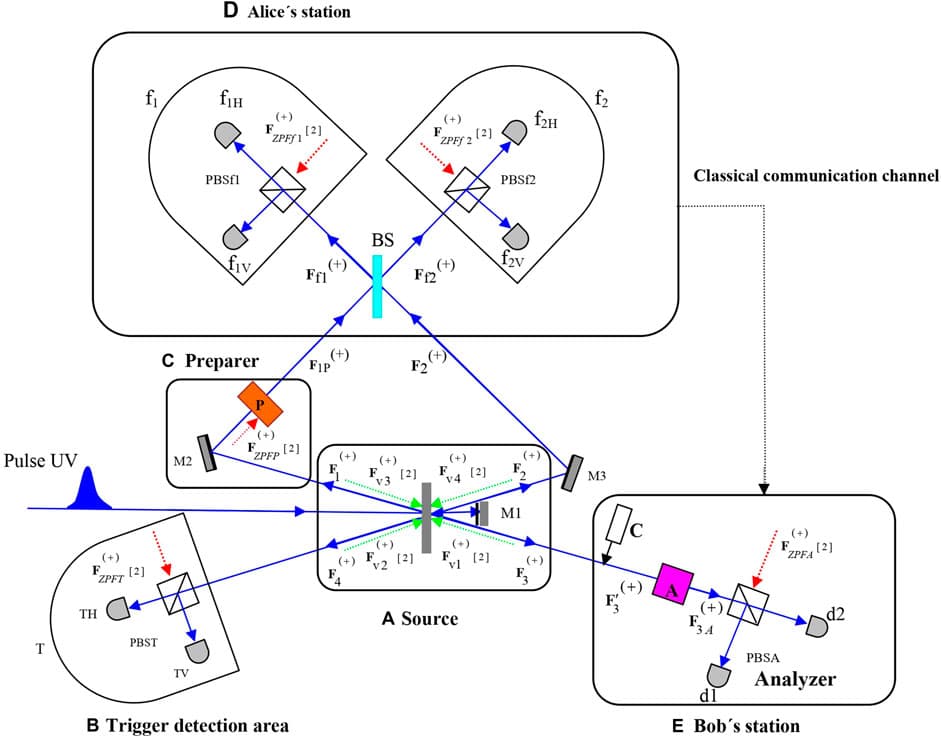Quantum Experiment Suggests Objective Reality May Not Exist

Innsbruck, Austria – A groundbreaking quantum experiment conducted by researchers at the University of Innsbruck, Austria, has provided empirical evidence supporting the idea that two conflicting versions of reality can coexist at the quantum level. The findings, published in 2019 on the preprint server arXiv, challenge fundamental assumptions about the nature of objective reality.
The experiment was designed to test a decades-old thought experiment known as "Wigner's friend," proposed by Nobel Prize-winning physicist Eugene Wigner in 1961. This thought experiment posits that two observers of the same quantum system could arrive at different, yet equally correct, conclusions about its state. The recent study marks the first time this theoretical scenario has been successfully replicated in a laboratory setting.
The research team, including postdoctoral researcher Martin Ringbauer, utilized entangled photons to create a scenario where "observers" (represented by measuring equipment) could experience differing realities. As Live Science reported, "even when observers described different states in the same photon, the two conflicting realities could both be true." This setup effectively demonstrated that a quantum particle's state remains uncertain for an external observer even after it has been measured by an internal observer.
"It seems that, in contrast to classical physics, measurement results cannot be considered absolute truth but must be understood relative to the observer who performed the measurement," Ringbauer stated, highlighting the profound implications of their work. The experiment suggests that the act of observation plays a more complex role in shaping reality than previously understood, potentially leading to subjective realities at the quantum scale.
The study reignites discussions within the physics community regarding the interpretation of quantum mechanics and the existence of a single, universally agreed-upon reality. As noted by the tweet from "Curiosity," the experiment indeed "Breaks Reality', Seeing Two Versions Of Reality Existing At The Same Time," underscoring the counter-intuitive nature of quantum phenomena. The results compel physicists to re-evaluate how they describe and understand the quantum world.